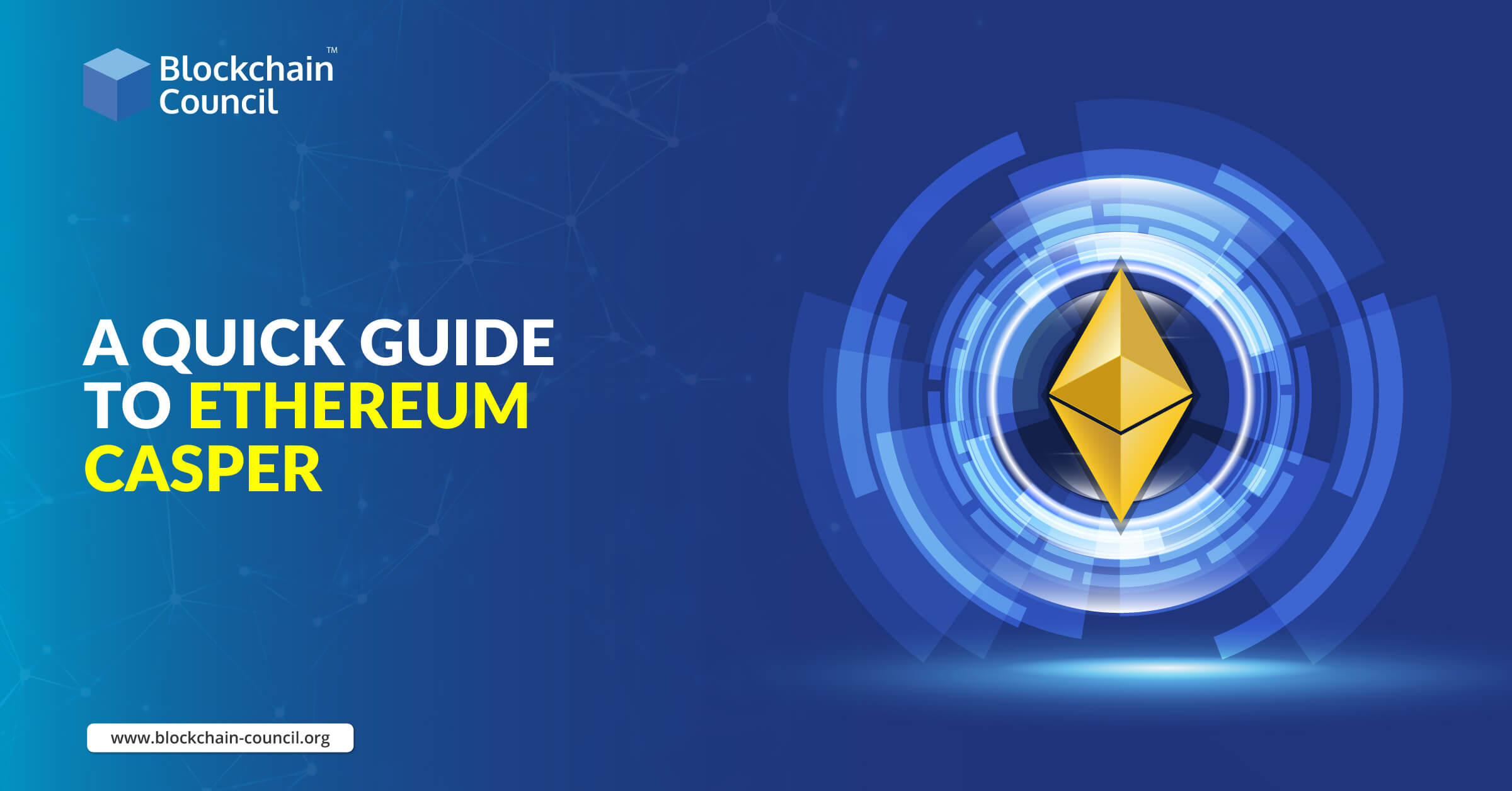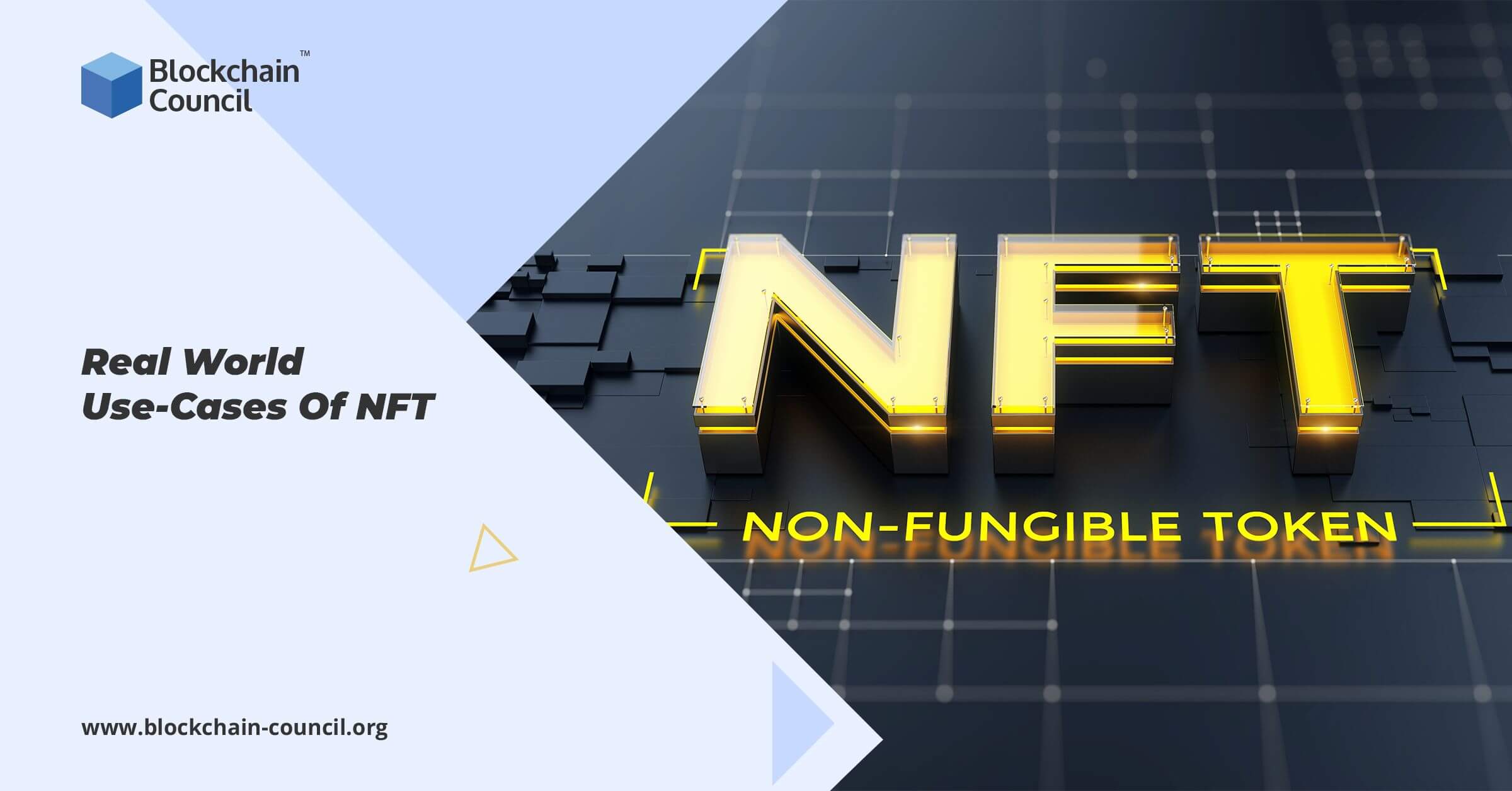
- Toshendra Kumar Sharma
- June 08, 2020
Interested in learning Ethereum? This article provides a comprehensive guide on Ethereum Casper, which is a PoS protocol that Ethereum has chosen to go with. This guide explains the concept of PoS, working of Ethereum Casper and its pros and cons.
Learning Of Blog
- Introduction to Ethereum Casper-Ethereum 2.0
- What is Proof-of-Stake?
- Working of Ethereum Casper
- Ethereum 2.0: Pros and Cons
- Final Words
Introduction to Ethereum Casper-Ethereum 2.0
Ethereum is the world’s second-largest cryptocurrency in the market and the leading platform for decentralized applications(dApps). However, the current implementation of Ethereum has few limitations, where scalability is one of the significant issues. To address all the concerns associated with this platform, Ethereum is undergoing an evolution, Ethereum 2.0, known as Ethereum Casper.
Ethereum Casper is the POS(Proof-of-Stake) protocol that Ethereum has chosen to go with, or we can say that Casper is the implementation that will eventually convert Ethereum into a PoS blockchain. It is not just a specific project; there are two co-developed Casper implementations in the Ethereum ecosystem. These two projects are Friendly Finality Gadget (FFG) and Correct-by-Construction (CBC). Casper is a PoS model that may also be adopted and implemented in other blockchain networks, and both these versions have been developed, especially for Ethereum.
Want to get an in-depth understanding of Ethereum & how it is implemented? Check out the best blockchain certification courses and become a Certified Ethereum Expert.
What is Proof-of-Stake?
As Casper’s main goal is changing Ethereum from its current PoW consensus to PoS consensus, it is essential to understand the concept of PoS, before understanding the working of Casper Ethereum.
In PoW, miners compete to solve a challenging puzzle to add a new block to the ledger, and the only way to solve this puzzle is by guessing possible answers until you get one that works. Unlike presenting a challenging problem, PoS simply selects someone at random to assemble and verify the content of a block, and to prevent that random person from creating false transactions; the algorithm requires participants to set aside a certain amount of funds as collateral.
Working of Ethereum Casper
Talking about Ethereum implementations, Casper FFG, also known as Vitalik’s Casper, is a hybrid of POW/POS consensus mechanisms that focuses more on a multi-step transition to introducing PoS for the Ethereum network. The second protocol, called Casper CBC, makes use of what is known as a correct-by-construction protocol.
Unlike PoW, where miners run expensive and specialized systems to create and validate blocks of transactions, Casper implementation aims to remove the process of mining from Ethereum, where the verification and validation of new blocks will be done by block validators, which will be selected as per their stake. Additionally, the voting power of each validator will be determined based on the amount of ETH they put at stake.
There are several advantages to implementing PoS. It helps in achieving decentralization, security, energy efficiency, and, most importantly, scaling.
Want to give a head start to your career? Get started with Ethereum Certifications now!
Ethereum 2.0: Pros and Cons
Pros
PoS relies on a stake instead of computation power (unlike PoW, that is, computer resource demanding) for consensus judgment. An essential property about stake is that stake is something “inside” the blockchain, which means it is easier to design mechanisms to lower the risk of double-spending attack. Casper allows blockchain projects to have additional features such as security and decentralization. Casper is secure because, why any validator would act maliciously, knowing that there is a massive part of his stake, which can be slashed away and taken over if one performs any malicious activity? If in case, a validator acts maliciously, they will be quickly removed and punished, and the penalty for cheating the rules is a validator’s stake, i.e., ETH.
Cons
Currently, Casper’s efficiency and security are still unproven. According to theoretical aspects, Ethereum Casper won’t be able to finalize blocks if Ethereum’s validating system becomes corrupted, and moreover, it is not entirely resistant to 51% attacks.
Final Words
Casper is supposed to be a proof-of-stake network, but it is still in its development phase and needs some more time to get ready for widespread adoption. Ethereum is moving away from the concept of mining and toward staking, where users will stake ether in a deposit address to secure the blockchain ecosystem. Maybe when Casper is implemented successfully, other cryptocurrencies and blockchain-based platforms will follow suit. The transition of Ethereum 1.0 to Ethereum 2.0 may bring remarkable impacts, and when Ethereum 2.0 is formally rolled out, it will mark an important milestone in the history of Ethereum.
To get instant updates about Blockchain Technology and to learn more about online blockchain certifications and become a blockchain expert, check out Blockchain Council.





































































 Guides
Guides News
News Blockchain
Blockchain Cryptocurrency
& Digital Assets
Cryptocurrency
& Digital Assets Web3
Web3 Metaverse & NFTs
Metaverse & NFTs
